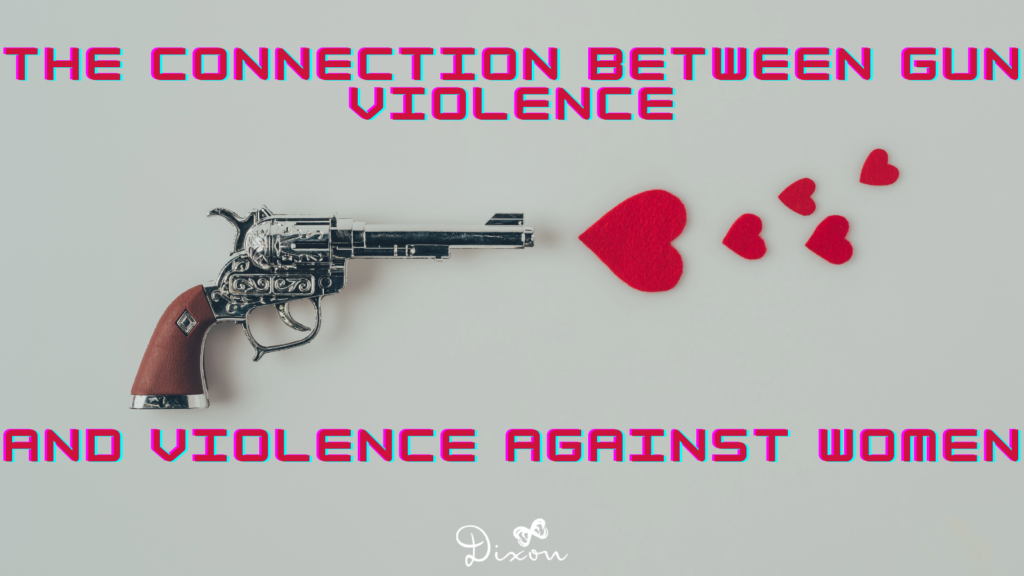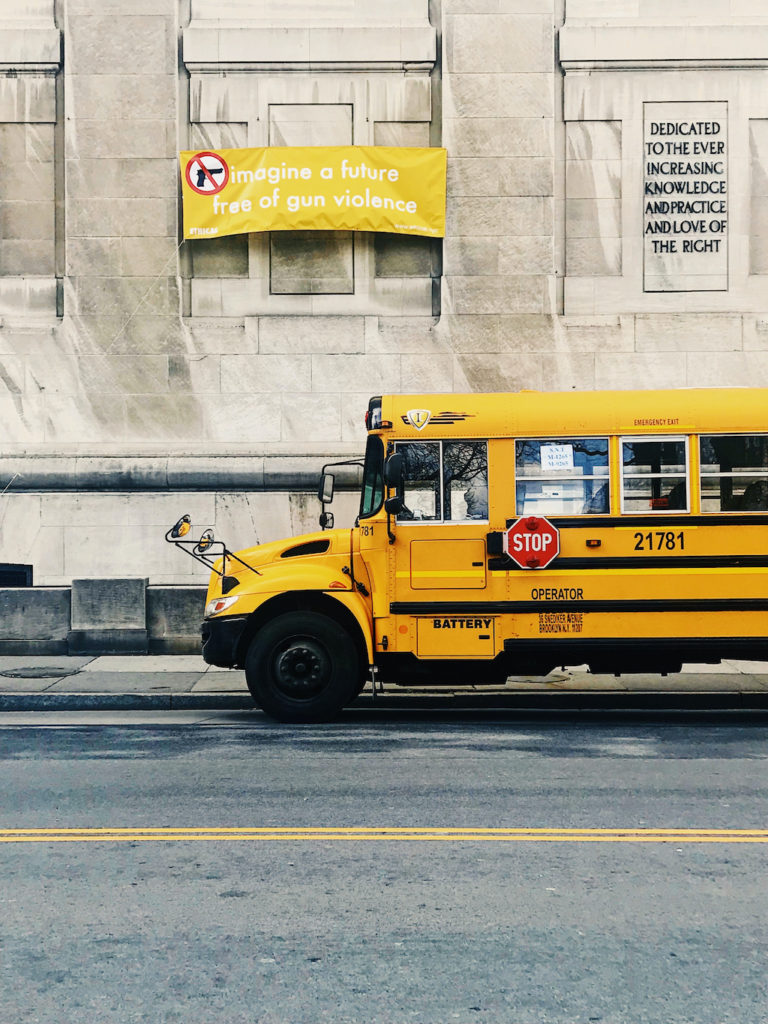
In Canada, one out of every three women killed by an abuser is shot with a gun. Today, we’re going to discuss how gun violence is as much a gender issue as a public safety issue. The Canadian Women’s Foundation finds that the single greatest predictor that domestic violence will turn lethal is if the abuser has access to a firearm. With this grave reality in mind, it’s important to understand how the presence of a firearm in an abusive relationship can cause violence to escalate into femicide. Domestic homicide and the very real threat posed by an abuser with a gun
Escalating Violence
Sarah’s partner Michael recently purchased a rifle, which he says he’ll use for hunting trips and to protect them from any possible home intruders. One day, Sarah accidentally breaks Michael’s favorite mug and he retaliates by pushing her into the wall.
Michael continues to abuse Sarah and one day she wakes up to Michael pressing his rifle against her face. Terrified, Sarah is painfully aware that Michael could kill her at any second.

The abuse continues to escalate, with Sarah submitting to any of Michael’s demands because of the constant fear the rifle instills in her. After a particularly distressing day at work, Michael comes home and fatally shoots Sarah in the head.
Sarah’s story is unfortunately a reality for many women across Canada.
The Role of Firearms in the Cycle of Abuse
For every woman killed by an abuser with a gun, countless others are coerced, threatened, and intimidated. Because of the very real threat of death or serious injury that accompanies gun usage, an abuser can exert an enormous degree of control over their partner if they own a firearm.

Femicide is the tip of the iceberg: firearms are also responsible for accidental injury, harm to children, and intense psychological distress. A gun doesn’t need to be fired to cause pain, often the mere presence of a weapon is enough to exacerbate the cycle of abuse.
The Gendered Reality of Gun Ownership in Canada
In Canada, women own less than 4% of registered firearms according to a 2019 gender-based analysis of gun ownership commissioned by the federal government. This analysis also found that women are twice as likely to be threatened by a gun.
With this in mind, it’s clear than gun violence in Canada is a gender issue. The vast majority of gun owners are male, while women constitute a disproportionate amount of those who experience harm as a result of firearm usage.

If we want to end gun violence in Canada, we must understand that it is inextricably linked to violence against women and proceed accordingly. This means centering the experiences of women in all discussions regarding gun control.
Protecting Women from Gun Violence
From 1991 to 2005, Canada strengthened their gun control laws which was accompanied by a 68% decrease in the number of Canadian women fatally shot by an abuser. While we believe there is no acceptable number of women killed by a man with a gun other than zero, it is clear that strong gun control is a necessary policy to keep women safe.
At Dixon, we understand that the most dangerous time for women who are fleeing violence is when she finally decides to leave. Knowing if the abuser a woman is fleeing from has access to a firearm informs the way in which we support our clients.

Our goal is always to keep women and their children safe, and we do this by learning more about the specific situations of every client who walks through our doors.
How Can I Help?
1. Listen to women: gun control policy should remain trauma-informed and prioritize the safety of women. Survivors of violence against women where a firearm was present have the greatest insight into specific policies that can protect women.
2. Let your MP or MLA know you support stronger firearm regulations in Canada: we are fortunate to live in a democracy, where our leaders act according to the issues that are most important to us. But if we don’t speak up, our elected officials won’t know that stronger gun control is important to us. Continue to pressure your leaders to push for bold gun control regulation on both the provincial and federal levels.
3. Keep talking and learning: gun violence and violence against women are both systemic issues in Canada that persist in part due to our personal biases. Remember that the harm caused by firearms is present before the first shot is fired, and keep talking about these issues even if they don’t directly affect you.
We continue to provide a safe space for women and their children fleeing violence, and are honored to be an important first step in the healing process for many women.

